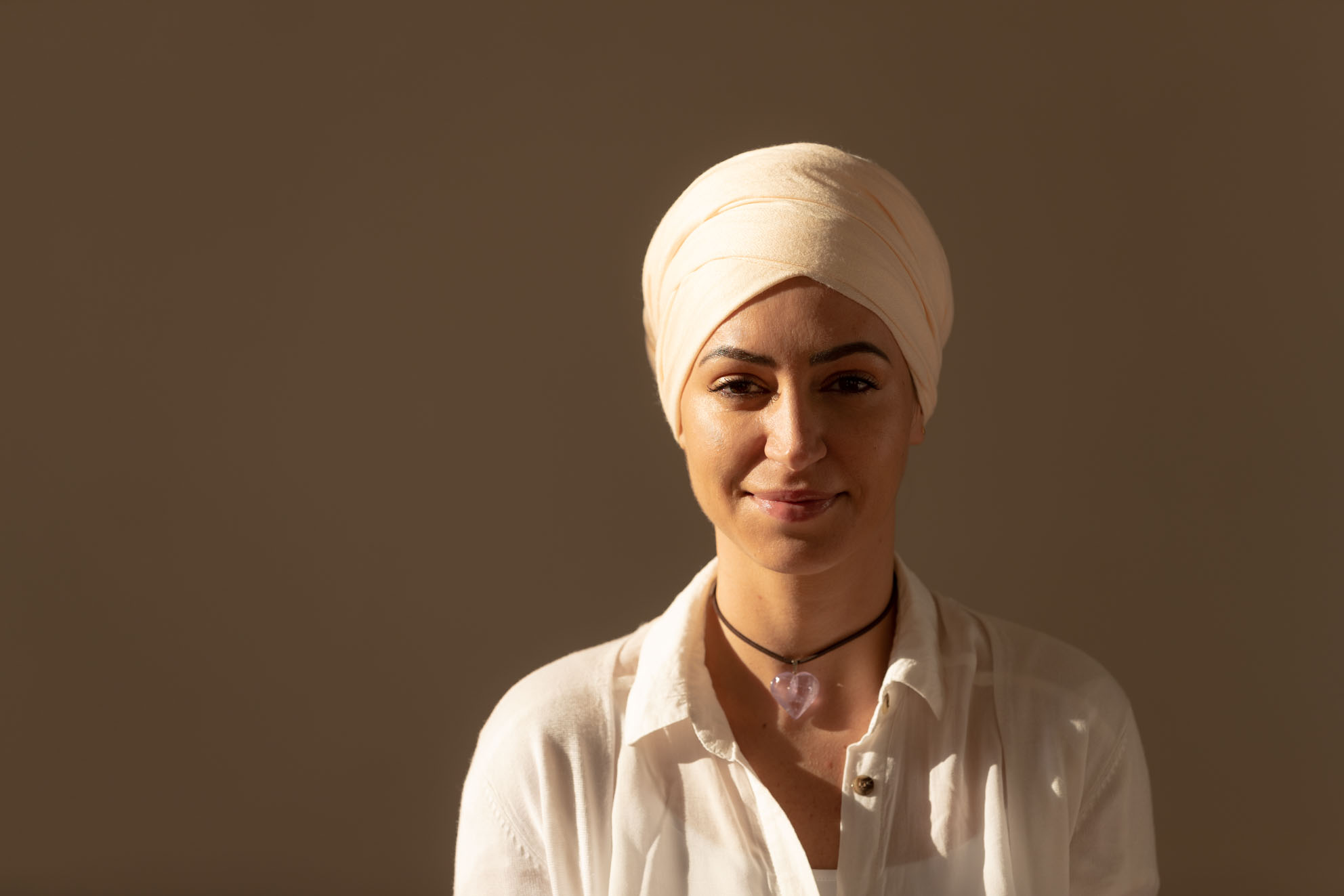Meditation - 3 Minutes
To unleash the your inner power, you must have calmness and serenity in your body. As the world can be overwhelming and stressful at times, meditation is the solution to calming your heart and relaxing. Although your daily existence may feel turbulent and rocky, you have the innate force to combat any obstacles that come your way. That’s what the Meditation for a Calm Heart is about; accepting your struggles and remaining relaxed in the face of them.
Within this highly effective form of meditation, we use the pranayama practice of breathing. You will take the time to learn about steadying your breathing and taking control of your body’s responses. The technique will allow you to lower your anxiety levels and decrease the physiological signs of stress that you may be experiencing currently. These instances will help you to promote well-being and calmness every day.
Start by practicing the meditation on a daily basis. Each time, you will extend the time period in which you meditate a little. This practice is best performed in the morning and will give you the strength and balance you need to face the day. While you may find the meditation difficult to start out, the more relaxed you become, the easier it will be.
Benefits of this Meditation
Stress and anxiety reduction
Relaxation
Improved blood pressure
Mental clarity
“Meditate. Any dirt of ugliness in your mind can only be wiped out by meditation. Get rid of them. What is meditation? Calming yourself and looking toward the infinity of God. That is meditation; it is simple.”
Yogi Bhajan
How to do this Meditation
Directions
1. Start in Easy Pose with your legs crossed. Your neck should be in the light jalandhar bandh position.
2. You have the choice whether to close your eyes or look ahead of you. Should you choose the latter option, your eyes may only be open 1/10th.
3. Bring your left hand up and place your palm flat on your chest. Your hand should be at the Heart Center. Point your fingers out to the side and make sure that your fingers sit parallel to the floor.
4. With your right hand, bring your index finger (Jupiter) and thumb together. Doing so creates the Gyan Mudra. Move your right hand upward so that it is next to your head. Ensure that your palm is forward-facing with your fingers point upward.
5. Your elbow should be as relaxed as you can manage and should be pointing down toward the ground.
6. Next, take the time to steady your breathing. Make sure that you inhale slowly through your nose.
7. Hold your breath for as long as you can. You need to exhale deeply and slowly.
8. When you have exhaled, try to hold that for a few beats.
9. To end the session, take three more long and deep breaths. Relax.
Beginner’s tip: When you first try this breathing technique, you may not be able to hold your breath for longer than a few seconds. Keep practicing to achieve success.





